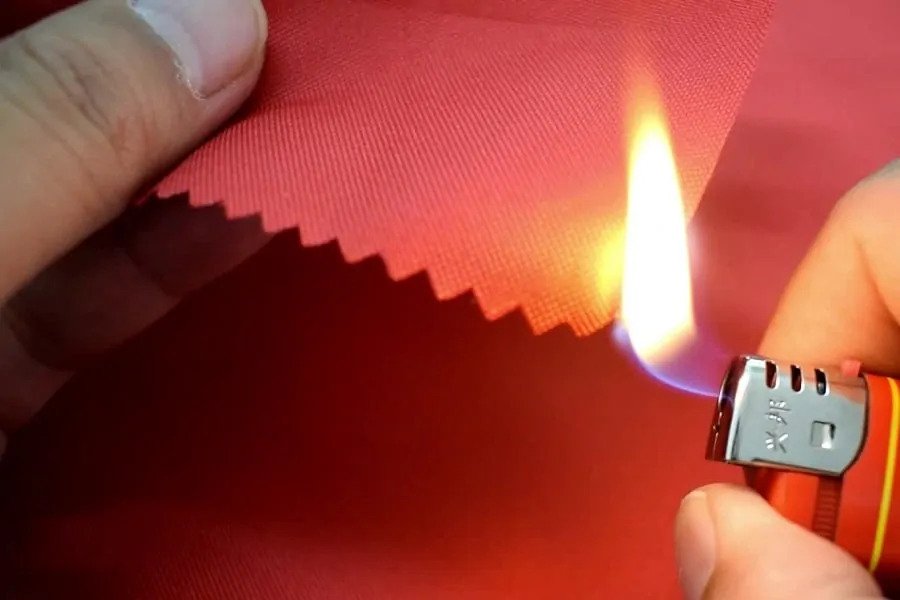Why Flame Retardant Masterbatches Are Essential in Plastics Manufacturing

n today’s world, where safety, compliance, and performance are key concerns in plastic manufacturing, Flame Retardant Masterbatches (FRMBs) have become more than just additives—they are a critical necessity. Whether you’re manufacturing electrical parts, automotive components, or consumer goods, incorporating flame retardant solutions into your polymer matrix is essential for both safety and marketability.
The Strategic Necessity of Flame Retardant Masterbatches in Polymeric Applications
In the high-performance world of polymer processing and end-use plastic applications, safety, compliance, and functional reliability are paramount. Among the array of additive solutions, Flame Retardant Masterbatches (FRMBs) have emerged as non-negotiable functional additives in ensuring that thermoplastic components meet stringent fire safety standards, especially in sectors where flammability is a critical failure point.

Why Flame Retardant Masterbatches Are Indispensable in Modern Plastics
1. Inherent Flammability of Polymers
Most conventional polymers—such as polyethylene (PE), polypropylene (PP)—are highly combustible due to their hydrocarbon-rich molecular structure. Left untreated, these polymers act as fuel in fire scenarios, posing severe safety hazards and compliance issues.
2. Regulatory Compliance with Fire Safety Norms
Global standards such as UL 94, ASTM E84, EN 13501-1, FMVSS 302, and NFPA 701 mandate rigorous fire-retardancy criteria for plastic parts used in electrical, automotive, aerospace, construction, and consumer goods industries. Non-compliance leads to regulatory disqualification, product recalls, and brand reputational damage.
Flame Retardant Masterbatches are essential to meet these standards cost-effectively by enabling:
V-0, V-1, and V-2 classifications under UL 94
Self-extinguishing properties
Reduced smoke density and toxicity
Technical Mechanisms of Flame Retardant Masterbatches
A. Endothermic and Char-Forming Systems
FRMBs based on aluminum trihydrate (ATH) and magnesium hydroxide (MDH) release water molecules upon thermal decomposition, effectively absorbing heat and diluting combustible gases. Simultaneously, phosphorus-based systems promote intumescent charring, forming a carbonaceous insulating layer that retards flame propagation.
B. Halogenated vs. Halogen-Free Systems
Halogenated FRMBs (containing bromine or chlorine compounds) act through radical quenching in the gas phase, interrupting the combustion cycle. They are highly effective but can release corrosive gases and toxic smoke.
Halogen-Free FRMBs (typically phosphorus or nitrogen-based) are preferred for low-smoke zero-halogen (LSZH) applications such as data cables, public transport interiors, and building materials, where eco-compliance and human safety are priorities.
Application-Specific Necessity
1. Electrical & Electronics (E&E)
Ensures arc resistance, glow wire test compliance, and flame self-extinguishing properties in switchgear housings, cable insulation, enclosures, and connectors.
Prevents electrical fires and enhances dielectric stability under high-heat environments.
2. Automotive
Used in interior trims, dashboards, under-hood components, and wire harnesses, especially for EVs (electric vehicles) where battery thermal management is critical.
3. Building & Construction
Vital in insulation panels, roofing membranes, claddings, conduits, and pipe fittings to reduce fire spread in residential and commercial buildings.
4. Consumer Appliances & White Goods
Applied in TV housings, air conditioner shells, refrigerator linings, vacuum cleaners, and hair dryers to meet fire safety and electrical insulation standards.
5. Textiles and Films
Specialty FRMBs are used in nonwovens, back-coated fabrics, and flame-resistant films, especially in aerospace and furnishing sectors, where flammability resistance is legally mandated.
Advantages of Masterbatch Form over Powder Additives
Improved dispersion within the polymer matrix
Dust-free handling and cleaner processing environment
Enhanced processability on blown film, injection molding, or extrusion lines
Longer screw life and minimal tool corrosion
Enables precise dosage control and color neutrality in end-use
Strategic Importance
Incorporating FRMBs ensures your products are market-ready for high-regulation geographies. It reduces liability exposure and strengthens brand equity as a safety-conscious manufacturer.
- FRMBs offer a cost-to-performance optimized solution. Pre-dispersed masterbatches simplify procurement by reducing the need for multiple additives and post-blend operations. Many are REACH & RoHS compliant, simplifying global sourcing.
Using flame retardant masterbatches simplifies processing, enhances safety without compromising mechanical performance, and allows customization for filler compatibility, base resin, and thermal profile—making them suitable for HDPE, LLDPE and other engineering plastics.
Conclusion
The integration of Flame Retardant Masterbatches is no longer optional but an operational necessity in the age of advanced plastics. As industries demand higher fire safety performance, regulatory alignment, and sustainable fire protection, FRMBs offer a technically sound, process-efficient, and regulation-compliant solution.
For manufacturers, purchase leaders, and decision-makers in the plastic value chain, investing in the right flame retardant masterbatch is a step towards product longevity, user safety, and business scalability.
About Bajaj Plast Pvt. Ltd.
Bajaj Plast Pvt. Ltd. is a leading manufacturer of high-quality masterbatch solutions, dedicated to innovation, sustainability, and excellence. With a strong focus on customer satisfaction and cutting-edge technology, we are committed to delivering superior products that meet the evolving needs of the polymer industry.



